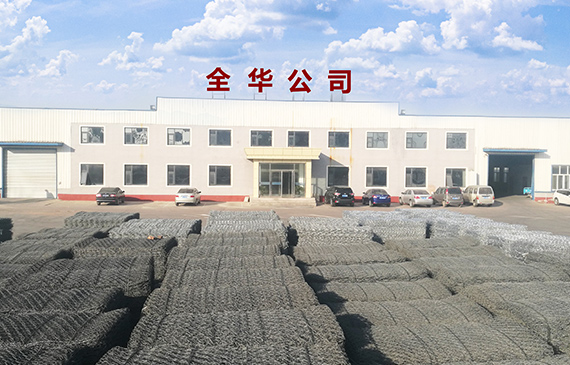okt . 21, 2024 16:19 Back to list
Understanding Different Sizes of Gabion Mesh for Your Project
Understanding Gabion Mesh Sizes
Gabions are versatile structures used widely in civil engineering, landscaping, and environmental applications. They consist of cages or boxes filled with rocks, stones, or other materials. The mesh that forms the structure of the gabion is critical to its performance and longevity. In this article, we will delve into the different sizes and specifications of gabion mesh, discussing how they affect the functionality of the gabion itself.
What is Gabion Mesh?
Gabion mesh refers to the wire mesh used to create the cages that hold the filler materials. It is typically made from heavy-gauge steel wire and is designed to withstand harsh environmental conditions. The mesh is welded or hexagonal in shape, ensuring that it can hold its structure under various loads.
The choice of mesh size is pivotal, as it determines the strength, flexibility, and permeability of the gabion. Different applications may require different mesh sizes to achieve optimal performance.
Common Mesh Sizes
Gabion mesh sizes can vary significantly depending on the intended use. Typically, the openings in the mesh range from 2 inches by 2 inches to 4 inches by 4 inches; however, they can also be customized. The following are common types of gabion mesh sizes
1. 2x2 Inch Mesh This size is often used for smaller rocks or materials, providing a high degree of stability. It is suitable for walls and small barriers where stability is essential.
2. 3x3 Inch Mesh This size offers a balanced option for medium-sized rocks and is popular in both landscaping and erosion control applications. It allows for good water drainage while maintaining the integrity of the structure.
3. 4x4 Inch Mesh Ideal for larger stones, this mesh size is often employed in heavy-duty applications, such as riverbank stabilization and larger retaining walls. The larger openings still provide sufficient support while allowing larger materials to be used.
Factors Influencing Mesh Size Selection
When selecting the appropriate gabion mesh size, several factors come into play
- Purpose of the Gabion The primary use case will significantly influence the mesh size. Erosion control requires sturdier meshes, while decorative applications may permit more flexibility with size.
gabion mesh sizes

- Type of Fill Material The nature of the materials being used to fill the gabion is paramount. Smaller mesh sizes are better for finer materials, while larger sizes are necessary for larger rocks.
- Environmental Conditions Gabions subjected to high water flows or harsh weather need more resilient meshes to endure these forces without deforming or failing.
- Installation Area Site conditions, including soil type and slope, can dictate the required mesh size. Steeper terrains might necessitate tighter mesh to ensure that the rocks do not shift.
Advantages of Using Gabions
Gabions offer various benefits due to their design and material properties
1. Eco-Friendliness Using natural stones minimizes environmental impact. Gabions can even promote vegetation growth over time, blending structures into surrounding landscapes.
2. Durability Steel wire mesh is coated to resist corrosion and rust, ensuring a long lifespan even in challenging environments.
3. Flexibility Gabions can be easily adapted in size, shape, and material to meet specific project needs, making them highly versatile.
4. Drainage The mesh design allows water to flow through, which helps mitigate hydrostatic pressure that can lead to erosion and structural failure.
5. Cost-Effectiveness Gabions are often more affordable than traditional concrete structures, both in terms of material cost and ease of installation.
Conclusion
Choosing the right gabion mesh size is crucial for achieving desired structural integrity and functionality in various applications. By understanding the mesh sizes available and their specific applications, engineers, landscapers, and builders can ensure that their gabion structures are not only effective but also sustainable and aesthetically pleasing. With the versatility of gabions and the broad spectrum of mesh sizes, the right solutions are available for almost every engineering challenge.
-
HESCO Gabion Baskets for Coastal Erosion Prevention
NewsAug.22,2025
-
Longevity and Durability of River Rock Gabion Walls
NewsAug.22,2025
-
How to Integrate Gabion 3D Walls in Urban Planning
NewsAug.22,2025
-
Reno Mattress Gabion Applications in Civil Engineering
NewsAug.22,2025
-
How to Install Wire Mesh for Gabion Baskets Properly
NewsAug.22,2025
-
Best Materials for Filling a Chain Link Gabion
NewsAug.22,2025
-
Wire Mesh Thickness Impact on Gabion Wall Load Bearing
NewsAug.12,2025






